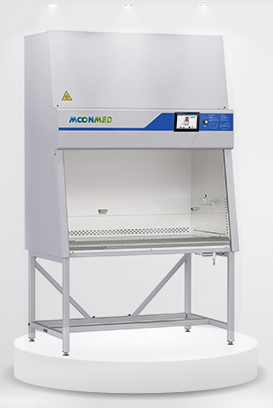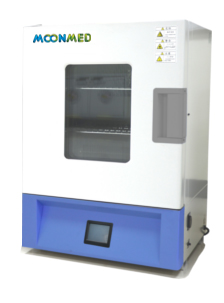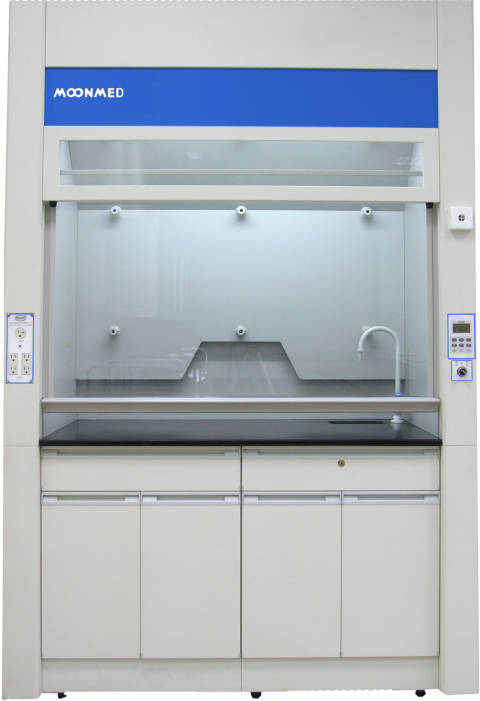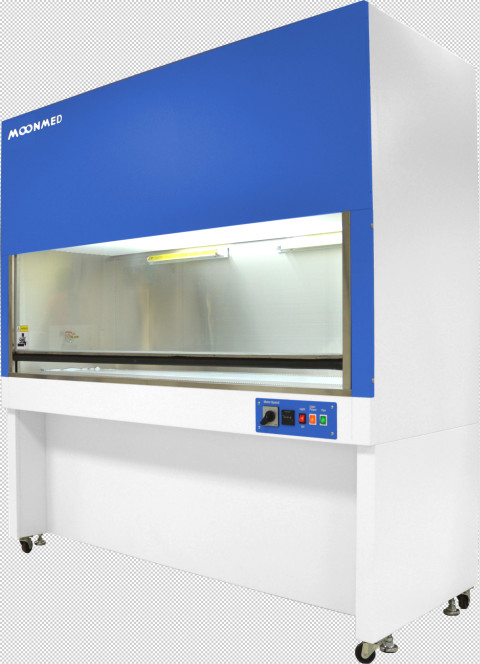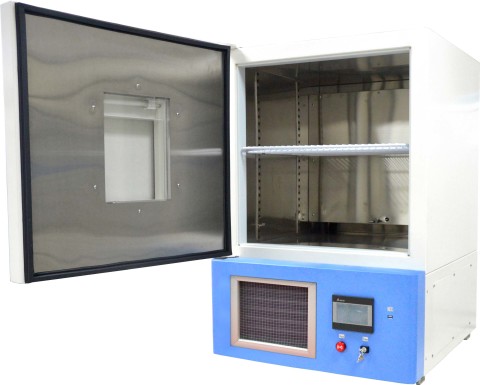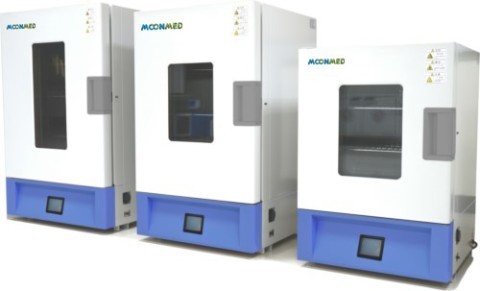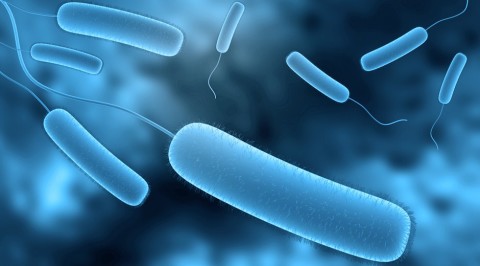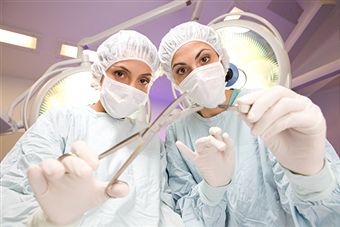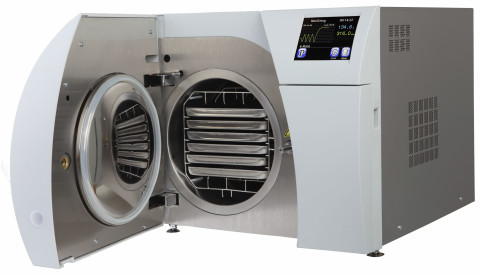For the safety of human mankind bio safety is an essential and one of the most basic processes required to be carried out where the objective is to confine bio hazards and reduce the potential exposure of laboratory workers, human beings outside and around the laboratory. The Fume hood and the Bio Safety Cabinet are […]

Drying cabinets are used in the laboratory setting to dry a range of items such as instruments as well as glassware. You can take your pick from floor standing models, bench- or wall mounted types. Their capacities can range from 100 to 1000 liters, so you’re always going to find something that meets your needs. […]
Toxic substances and their fumes can be hazardous to our health. Chemicals can be toxic, harming us when they enter the body. Exposure to a toxic substance can cause burns, vomiting, diarrhea, drowsiness and even death in some instances. Some chemicals can even explode. Every laboratory needs a fume hood because breathing in dust, mist […]
Many chronic degenerative diseases are caused by long-term infections or being set-off by the long-term effects of pathogenic microorganisms on the human body. This includes diseases such as stroke, cancer, heart disease, diabetes, Alzheimers and many others. When pathogens enter the human body they wreak havoc on the body. Many of the diseases we’ve always […]
We’ve all seen pictures of neonatal incubators with a tiny infant inside being kept in a controlled environment for observation. These particular incubators often have a heater, fan and a control valve through which oxygen can be added. What laboratory incubator have you got? The gassed or non-gassed type? Applications for an incubator are vast, […]
Laboratory Ovens with Controlled, Uniform Temperatures and with Energy-Efficiency You have to know your laboratory ovens because they’re not all the same. You get high temperature ovens, wax melting ovens, heavy duty ovens, vacuum ovens, standard digital ovens, materials testing ovens, drying ovens, soil drying and aggregate ovens, hot air sterilizers, dual purpose ovens and […]
Sterilization is important because without it, it leads to deadly bacterial infections. Sterilization is used to kill off viruses, fungi and bacteria and it is achieved through heat, high pressure and chemicals and is important for preventing health care associated infections. Sterilization is all about the use of physical or chemical procedures to destroy microbial […]
Sterilization and disinfection are both decontamination processes, but where sterilization is the process of eliminating all harmful microorganisms from objects and surfaces, disinfection means to eliminate most harmful microorganisms, but this doesn’t include spores. Both disinfection- and sterilization procedures use chemical or physical agents to destroy pathogens and to ensure that pathogenic microorganisms are not […]
A particular challenge for the medical industry is the need to keep instruments sterile – free from harmful contaminants such as viruses, fungi and bacteria. There are a number of sterilization methods and equipment, with the most effective and efficient being that which combines heat along with pressure and humidity in a device known as […]
An autoclave is used to sterilize medical, laboratory, dental surgical equipment and other items, whether solids, liquids or instruments of various shapes and sizes. Autoclaves vary in size and functionality, being likened to a pressure cooker because they make use of steam to kill bacteria and germs resistant to powerful detergents. An autoclave is a steel vessel […]
- 1
- 2
